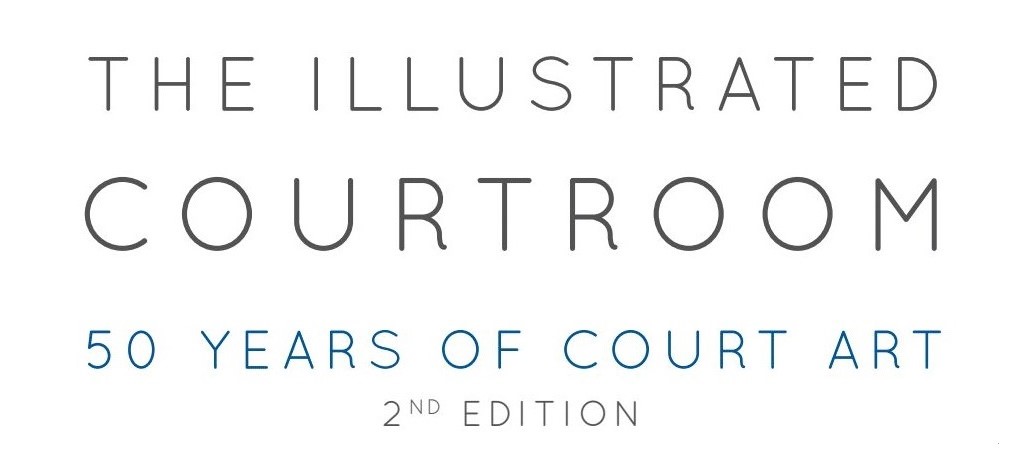National Gallery of Art's Rothko Expert Questioned About Dubious Knoedler Sale
https://news.artnet.com/market/national-gallery-of-art-fake-rothko-422453The morning was consumed almost entirely by presentation of videotaped deposition of art expert and paid Knoedler consultant E.A. Carmean Jr. Portions of Carmean's testimony, which focused heavily on the purported connection between David Herbert and the mysterious buyer known as Mister X, who originally bought all these works directly from the artists, were presented first by the plaintiffs and then by the defense, though major portions of what was presented overlapped.
 |
| EA Carmean video deposition on screen, De Soles in foreground |
At one point Carmean was questioned as to whether he had "ever given any consideration to the possibility that the information was false."
Carmean responsed that he was "not sure," adding, "If a painting looks like the real McCoy so to speak, you ask 'How did this object come to get here?'"
 |
| EA Carmean on screen with fake Rothko stored behind the screen |
Questioned about what he meant by the term "the real McCoy," Carmean employed several music-related analogies, telling the attorney if he was to play five records—of which four were an Elvis impersonator and one was Elvis himself—"you'd probably be able to pick out Elvis." He also employed the hypothetical scenario of encountering a relative at an airport, specifically his own mother-in-law, saying, "it's just that there is a familiarity to an overall presence."
Carmean did concede at one point that the inclusion of Herbert's name on the provenance of so many works "should have always been said with a question mark."
 |
| Laila Nasr of the National Gallery on the stand questioned by Emily Reisbaum |
The afternoon session kicked off with testimony from Rothko expert and National Gallery of Art curator Laila Nasr, who has worked on both the Rothko paintings catalogue raisonné as well as on the Rothko works on paper catalogue raisonné , the latter of which is still in progress. Nasr corresponded with Freedman over one of the fake Rothkos and subsequently included it in a show.
She was first questioned by the De Soles' attorney Emily Reisbaum, who repeatedly introduced correspondence between Nasr and Freedman, asking whether the form of the letters or information contained therein was unusual. Amid several objections from the defense—some of which the judge sustained—Reisbaum persisted in asking questions about language contained in letters such as that noting a Rothko work "that made its first public debut at Knoedler and Company at last winter's art fair in New York."

No comments:
Post a Comment